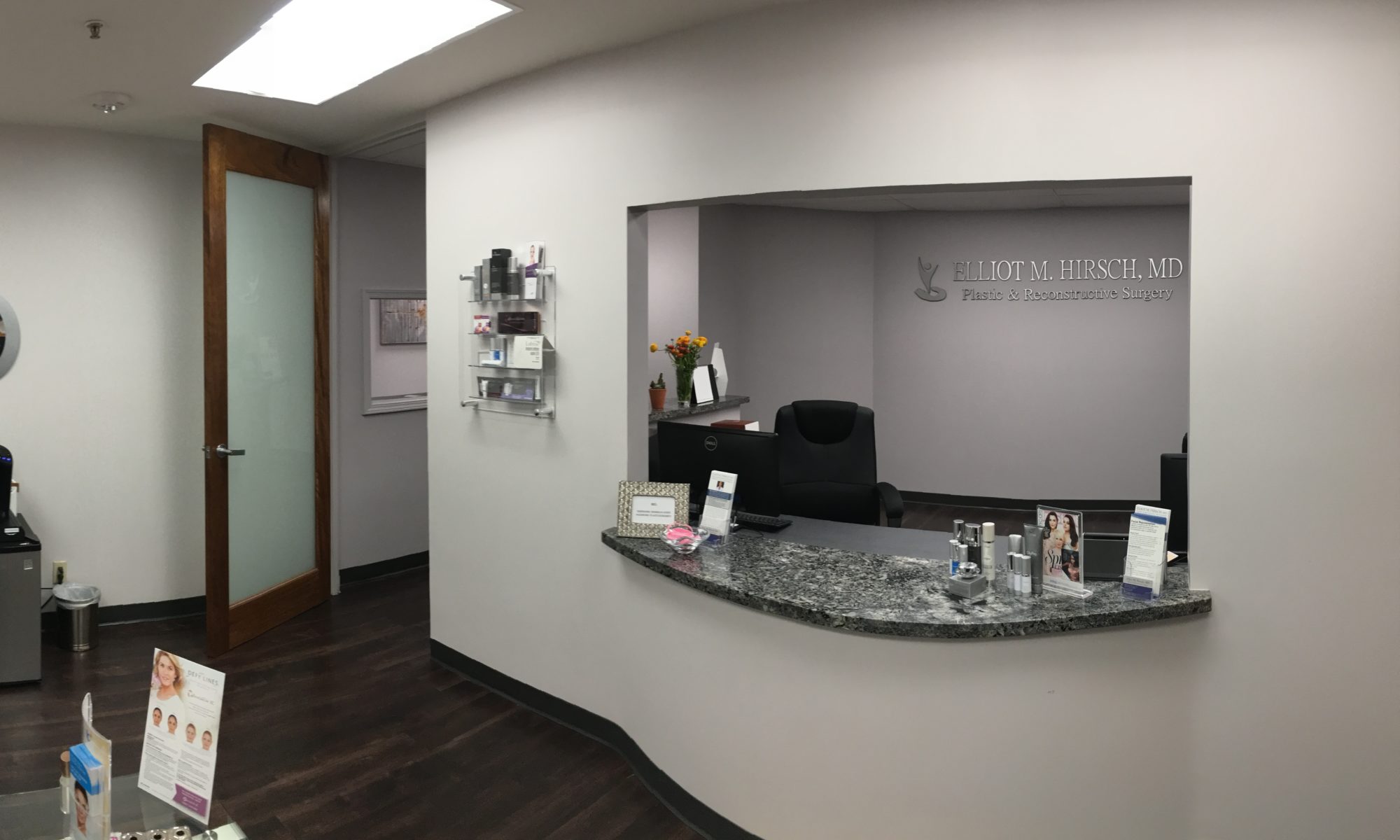Patients choose to undergo a breast augmentation for many reasons. Whether you are unsatisfied with the smaller size of your breasts or even transitioning to the female gender, breast augmentation is a big decision and should only be performed by a board-certified plastic surgeon. Regardless of why you chose breast augmentation, understanding what to expect before, during, and after the procedure is the most important step.
Before Surgery
During our pre-operative consultations with our patients, we find out what are your personal aesthetic goals such as the type of the implant and the size of implant, and discuss surgical details including incision location and placement of the implant above or below the muscle. We will also review your health history and discuss successful strategies for getting the best possible result for surgery such as stopping smoking 4-6 weeks before and after surgery and avoiding certain medications before surgery. We will also give more specific post-operative instructions including dressing care, post-operative bras, and provide your prescriptions that you will need for after surgery. It is also important to arrange for someone to help you after the surgery (i.e. pick you up after surgery, fill prescriptions and listen to after surgery care instructions). On the day of the surgery, make sure to remove all jewelry and body piercings and wear a comfortable and loose button-down shirt to the surgical facility.
Day of Surgery
After you meet with Dr. Hirsch and he marks your breasts for surgery, you will go to into the operating room where the board-certified anesthesiologist will put you to sleep and keep you comfortable before surgery. Dr. Hirsch will then perform the procedure, and when you wake up, you will have a new pair of beautiful breasts!
After Surgery
Recovery from a breast augmentation is fairly straightforward. After the surgery, your breasts will be wrapped in an elastic dressing or support bra in order to minimize swelling. Most patients are able to go home within an hour of entering the recovery area. You can expect soreness in the chest that lasts about a week. Most patients describe the soreness to be similar to the soreness after a heavy chest workout. Bruising and swelling are normal and typically resolves within 2-3 weeks. It is recommended to wear a soft, supportive bra with no underwire for at least 2 weeks post-surgery. The majority of patients are able to return to work 3-7 days after surgery and can undergo strenuous activities such as heavy lifting and working out 6 weeks following the surgery.
Results from a breast augmentation surgery can be seen immediately after the surgery is complete. However, final results will take a few weeks while the swelling goes down and the breasts fully heal.




